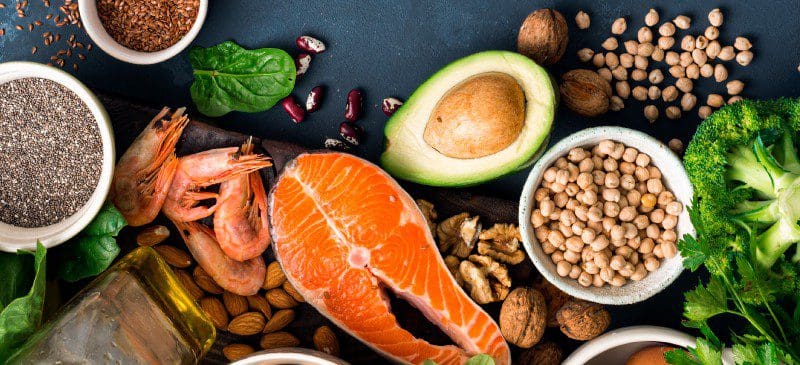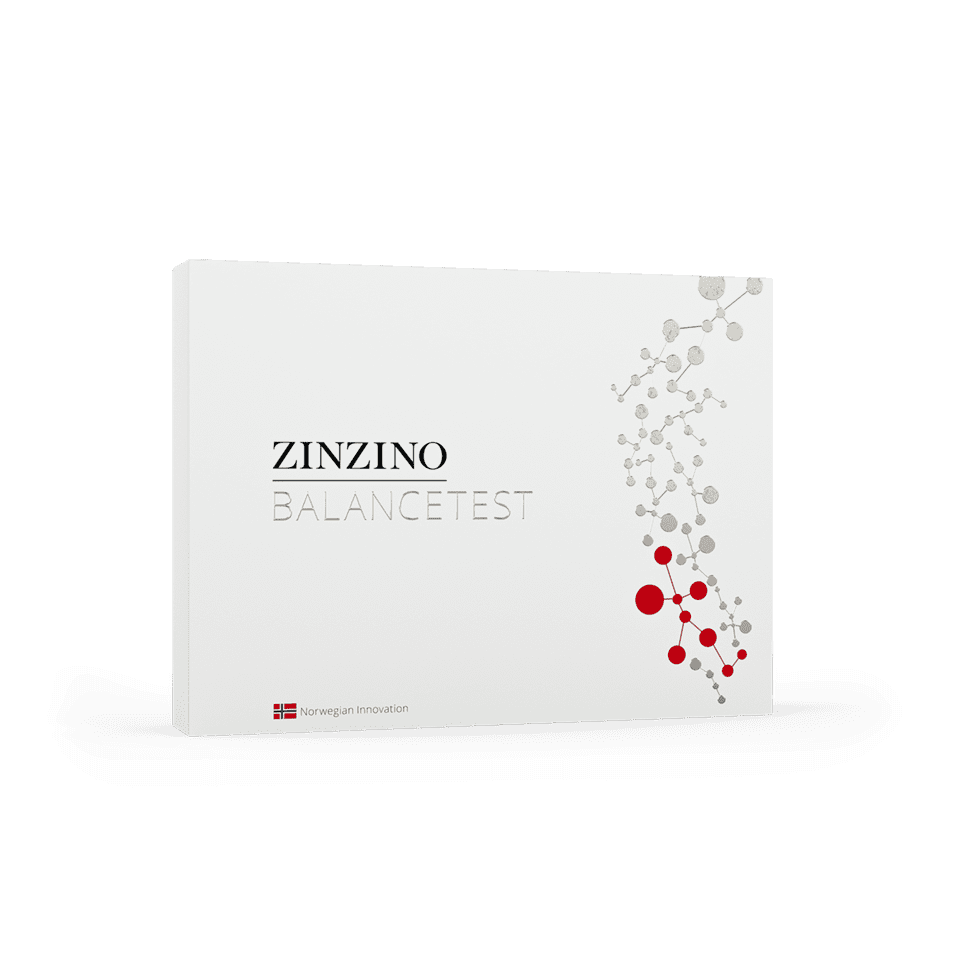The Significance of Omega-3 in Competitive Sports
Article Summary by Prof. Dr. Clemens von Schacky
In the article “Omega-3 Fatty Acids – Boosting Levels in Competitive Sports!” by Prof. Dr. Clemens von Schacky, published in the Sports Physicians’ Journal, the focus is on the positive impact of Omega-3 fatty acids in competitive sports. We have summarized the content of the article for you below.
Both in Germany and the USA, competitive athletes often exhibit particularly low levels of Omega-3 fatty acids. Using the “HS-Omega-3 Index®” method, the levels of the crucial marine Omega-3 fatty acids, Eicosapentaenoic acid (EPA), and Docosahexaenoic acid (DHA), in red blood cells were analyzed. The optimal range, considered to be 8-11%, is significantly undershot on average among athletes.

**Positive Effects of Omega-3 on Muscles, Heart, and Joints**
*Effect of Omega-3 on Muscles:*
Various intervention studies have examined the impact of Omega-3 fatty acid intake before physical exertion capable of causing muscle soreness. It was observed that Omega-3 minimizes or even prevents muscle soreness. Not only does muscle swelling diminish, but also the typical strength loss associated with muscle soreness.
Similar effects were demonstrated after exertion through the intake of a single dose of Omega-3, as evidenced by data from British football players. A high level of Omega-3 fatty acids in the body also contributes demonstrably to reducing “age-related” muscle breakdown.
*Effect of Omega-3 on the Heart:*
Compared to the general population, competitive athletes face an increased risk of sudden cardiac death. With a low level of marine Omega-3 fatty acids EPA and DHA, the probability of sudden cardiac death is ten times higher than with a high Omega-3 level. An intervention study on patients with cardiovascular diseases confirmed that Omega-3 intake reduces sudden cardiac death in patients with coronary heart disease.
*Effect of Omega-3 on Joints:*
The anti-inflammatory effect of EPA and DHA is likely responsible for significant pain relief and other symptoms in patients with rheumatoid arthritis, documented in meta-analyses. Richer studies are available for arthritic and arthrotic complaints in cats and dogs. In both species, mobility and pain can be improved through the administration of the two marine Omega-3 fatty acids.
In humans, high levels of EPA and DHA also appear to accelerate the healing process (e.g., post-knee surgeries). However, this has not been systematically investigated.
**Major Depression**
The likelihood of major depression is higher in competitive athletes compared to the general population. The higher the Omega-3 level in red blood cells, the lower the probability of major depression. Several meta-analyses confirm the effectiveness of both EPA and DHA alone and in combination with conventional psychiatric therapy in preventing and treating major depression. A high proportion of EPA enhances the effect, emphasizing the anti-inflammatory aspects of effectiveness. Therefore, guidelines are now beginning to recommend Omega-3 fatty acids EPA and DHA in the therapeutic treatment of major depression.

**Cognitive Functions and Brain Injuries in Athletes**
Traumatic brain injuries are prevalent in sports such as football or American football, often leading to structural brain damage and reduced brain performance. Complex brain functions and aspects of brain structure, such as memory, are related to the amount of EPA and DHA in red blood cells. A four-week study on football players in the first Spanish league demonstrated improved efficiency, accuracy, and reaction time with the intake of 3.5g of EPA and DHA per day compared to the placebo group. Intervention study results on cognitive functions such as memory, abstract thinking, and similar complex brain functions were also positive at doses above 800 mg of DHA per day. It can be assumed that athletes in sports with recurring traumatic brain injuries benefit from high EPA and DHA levels in cognitive functions.
**Sources and Dosage of EPA and DHA**
Mackerel, salmon, tuna, and other cold-water fish are particularly rich in Omega-3 fatty acids EPA and DHA. However, it should be noted that long-lived predatory fish like tuna are at the end of the food chain and accumulate a variety of heavy metals and toxins throughout their lives. Therefore, frequent consumption of these fish types is discouraged.
While farmed fish increasingly contain less Omega-3 as the feed used becomes Omega-3-poorer, wild-caught fish move more and thus contain less fat overall. If one wishes to consume a specific dose of EPA and DHA per day, supplementation through fish oil supplements with guaranteed Omega-3 content or plant-based algae oil as a vegan alternative is the only option. High-quality manufacturers thoroughly clean toxins and other impurities during the production process.
To ensure optimal absorption and processing of Omega-3 fatty acids in the body, Omega-3 supplements should always be taken with a main meal or a high-fat meal. This approach activates fat digestion and maximizes bioavailability. To raise the Omega-3 Index to the target range of 8-11%, a maximum of 5g of Omega-3 (EPA and DHA) per day is usually required.

**Conclusion**
The average Omega-3 Index in athletes is significantly below the target range of 8-11%. This not only leads to a reduced life expectancy, also influenced by the increased likelihood of sudden cardiac death, but also a diminished function of muscles, the cardiovascular system, the brain, and other organs subjected to high demands in competitive sports.
The intake of up to 5g of EPA and DHA per day to increase the Omega-3 Index towards the target range is safe and well-tolerated. The index should be re-evaluated through a repeat fatty acid analysis after approximately 3 to 4 months, and the dosage adjusted if necessary.
A sufficiently high Omega-3 level can prevent serious illnesses such as sudden cardiac death or major depression in athletes. Furthermore, the function of muscles and the brain can be optimized, and the aging process of both organs can be slowed down.
Prof. Dr. Clemens von Schacky was Chief Physician of Cardiology at “Medical Park Sankt Hubertus” and is the Head of Preventive Cardiology at the University of Munich LMU. He is an expert in the field of cardiology and is directly associated with the field of Omega-3 fatty acids in professional circles.
Addressing the Omega-3 to Omega-6 Imbalance
The change in the ratio of omega-3 to omega-6 leads to an inflammatory state in your body. This is because omega-3 fatty acids metabolites have anti-inflammatory properties, while omega-6 fatty acids metabolites tend to be inflammatory. These two fatty acids essentially “compete” on the same digestion enzymes, so it makes sense why the increased ratio of omega-6 fatty acids leads to inflammation.
So why is this especially important for athletes? In a study by Artemis P. Simopoulos of the Center for Genetics, Nutrition and Health, it was found that “training leads to an increase in super-oxides radicals in the lipid bilayers of muscles mitochondria, and trauma to the muscles.” Essentially, training-induced trauma to the muscles leads to an increased state of inflammation, which is made worse by the increase in omega-6 fatty acids. Additionally, recovery is hampered due to this inflammatory state.
Additional Benefits for Athletes
On top of reducing inflammation, omega-3 fatty acids have several other advantages. One of the advantages is that they increase oxygen delivery to your heart, allowing it to work a little less hard. Omega-3s also have some advantages that are similar to those achieved during physical activity. For example, they increase insulin sensitivity in the muscles (reducing the risk of diabetes), reduce the chances of cancer, reduce high blood pressure, and have an important role in the prevention of coronary heart disease.
After reviewing practically any legal method to improve the performance of cyclists for his book Faster: the Obsession, Science and Luck Behind the World’s Fastest Cyclists, Michael Hutchinson writes that “the one thing that I am 100% sure works – and more or less everyone I’ve ever spoken to about it agrees – is omega-3 fatty acids, or fish oil”.
In conclusion, omega-3 fatty acids improve your recovery by decreasing inflammation in your muscles. The two important fatty acids of omega-3 are DHA and EPA, which are found in salmon, sardines, fish, krill oil, and fish oil. Increasing the amount of omega-3s in your diet while decreasing the amount of omega-6 fatty acids helps balance out the detrimental ratio often seen in Western diets.
GET YOUR BALANCE TEST HERE
The test includes personalized recommendations and guidelines on how to restore the essential Omega-6:3 balance in your body and move forward on your health journey.

SELF-TEST FOR ANALYZING FATTY ACIDS IN THE BLOOD
Balance Test
Start your health journey
The Balance Test is the foundation of our Balance concept. It provides you with accurate readings of 11 fatty acid levels in your blood and your essential Omega-6:3 ratio with six different health markers. The analysis is independently managed, and the results are completely anonymous, telling you upfront if the body’s Omega nutrients are in balance. The test includes personalized recommendations and guidelines on how to restore the essential Omega-6:3 balance in your body and move forward on your health journey.
Key Benefits
- Easy-to-use dried blood spot self-test
- Measures 11 fatty acids in your blood
- Provides data about your Omega-6:3 Balance
Read more here
Bring your Omega-3 levels back into balance
Most people today are out of balance
Our modern diet is low in key nutrients, with too many Omega-6s and not enough Omega-3s.
97% are out of balance when first tested, even if they’re already on other Omega-3 supplements.
Contents
